
All students, regardless of language proficiency level, have the ability to think deeply about mathematical concepts.
However, when math is presented only as words and numbers on a page, English language learners (ELL) can miss out on crucial opportunities to understand the meaning behind the math.
The ST Math game-based learning program guides students at all language proficiency levels in visualizing math concepts through tantalizingly tricky puzzle challenges.
Designed by experts in neuroscience, the ST Math brain-building games provide all students the opportunity to become confident and capable problem solvers and to reach higher levels of math achievement.
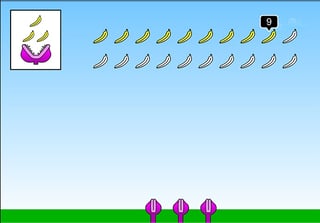
The game visually asks the ratio question: “If each purple fruit monster eats 3 bananas, how many bananas will 3 monsters eat?”
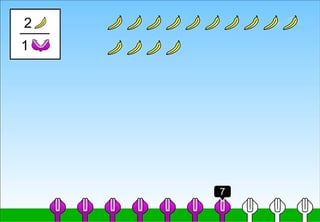
Using the division bar, the visual asks: “If each monster eats 2 bananas, how many monsters will eat 14 bananas?”
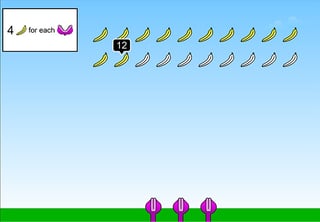
Students learn the language for stating ratios.
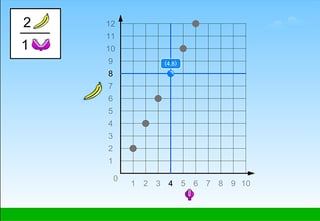
Students learn that ratios are used in linear relationships.
Learn more about how visualizing math can guide students at all language proficiency levels to deeply understand mathematical concepts and thrive in the classroom and beyond. MIND Research Institute has built and compiled a variety of material you can use to explore the challenges and opportunities of ELL math education. Check out the stories, videos and graphics below:
Breaking Barriers to Math Success for English Language Learners (Infographic)
By 2025, it is predicted that nearly 1 out of every 4 public school students will be an English Language Learner. Get an overview and more facts from the infographic.
What's Making a Difference in Math Education for ELLs?
Stories from educators across the nation about how they are helping ELL students make progress in math.
What Is It Like to Learn Math In a Different Language? (Video)
This video guides the audience through the experience of being a student in a math class taught in Welsh.
Data Teams Embedding ST Math to Strengthen Math Instruction
When Dr. Bailey’s teachers looked at their ST Math data, they noticed that some ELL students were farther ahead in their math understanding than their classroom interactions suggested.
One School Beats the Odds in Chicago Public Schools (Profile)
Cesar E. Chavez Multicultural Academic Center has a population of nearly 50% ELL students and 98% low-income. Read how Chavez students are rising up in the midst of challenge.
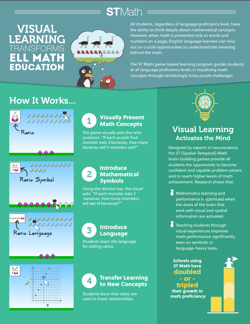
Download the ELL Math Education PDF

Calli Wright was the Marketing Manager at MIND Research Institute. She loves playing and designing board games, which she often talks about on twitter @CalliWrights.
Comment